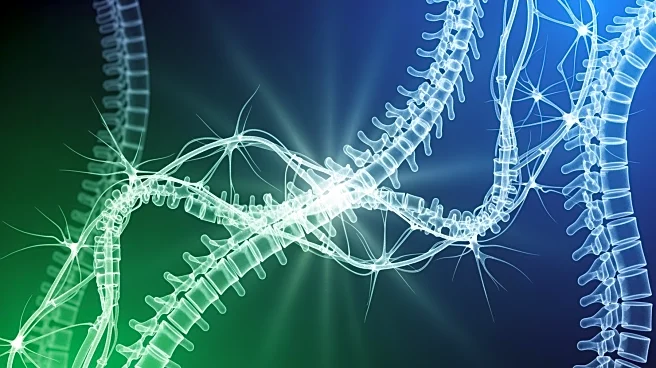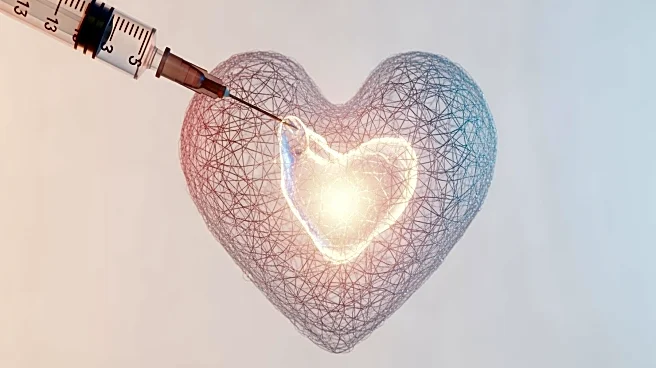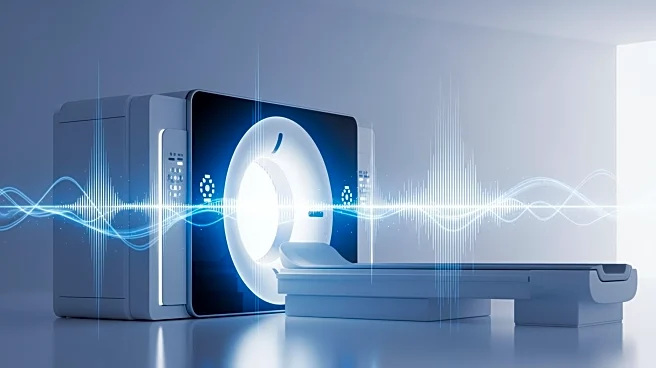What's Happening?
Researchers at the University of Arizona have identified a previously unknown population of circulating immune cells that play a significant role in fibrosis, which is the buildup of scar tissue that can lead to organ failure and disfigurement. The study,
published in Nature Biomedical Engineering, highlights the potential for new strategies to prevent or treat fibrosis. Fibrosis is a major contributor to nearly half of all deaths in developed countries, affecting conditions such as pulmonary fibrosis, renal fibrosis, organ transplant rejection, nonalcoholic steatohepatitis, and some forms of heart disease. Despite its prevalence, there are currently no FDA-approved therapies to treat or prevent fibrosis. The research involved experiments with both mouse models and human cells, demonstrating that blocking signals from these immune cells during wound healing could reduce scar tissue formation. The study also found that these cells were upregulated in human fibrotic skin and liver tissue.
Why It's Important?
The discovery of immune cell signals that contribute to fibrosis is significant because it opens up new avenues for therapeutic intervention in a condition that affects millions of people and contributes to a substantial number of deaths. By understanding the role of these immune cells in the healing process, researchers can develop strategies to prevent or reverse fibrosis, potentially improving outcomes for patients with various fibrotic conditions. This research could lead to the development of new treatments that target the immune cells responsible for fibrosis, offering hope for those suffering from diseases like pulmonary fibrosis and heart disease. The ability to reduce scar tissue formation could also improve the quality of life for patients by preserving organ function and preventing disfigurement.
What's Next?
The findings suggest a potential therapeutic strategy against fibrosis development in skin and other tissues. Researchers may focus on further understanding the crosstalk between mechanical cues in healing and immune cell regulation. Future studies could explore the application of these findings across multiple organ systems, including the skin, lungs, heart, and liver. The research team may also investigate the development of drugs or treatments that specifically target the immune cells involved in fibrosis, aiming to prevent or reverse the condition. Collaboration with pharmaceutical companies and clinical trials could be the next steps in bringing these potential therapies to patients.
Beyond the Headlines
This study represents a paradigm shift in the understanding of fibrosis, emphasizing the role of immune cells that respond to mechanical forces and drive pathological repair. By targeting these cells, researchers may be able to prevent or reverse fibrosis across various organ systems. The implications of this research extend beyond immediate therapeutic applications, potentially influencing the broader field of regenerative medicine and wound healing. Understanding the immune system's role in fibrosis could lead to advancements in treating other inflammatory and immune-related conditions.














